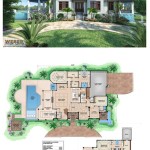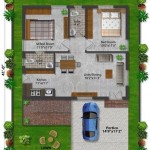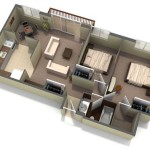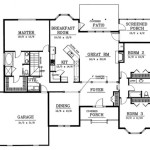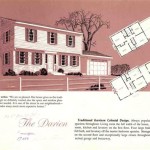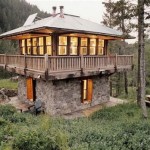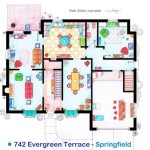The Essential Aspects of the Tugendhat House Plan
The Tugendhat House in Brno, Czech Republic, is a masterpiece of modern architecture designed by Ludwig Mies van der Rohe in 1928. Known for its minimalist aesthetic, functional design, and integration with nature, the house has become an iconic example of the International Style.
1. Open Plan Concept
The Tugendhat House features an open plan design that seamlessly connects the living, dining, and library areas with large glass windows offering expansive views of the surrounding landscape. This fluid layout allows for a continuous flow of space and light, creating a sense of transparency and openness.
2. Functionalism
Mies van der Rohe's philosophy of "form follows function" is evident throughout the house. Every space is designed with specific functions in mind, and the furniture is meticulously chosen to complement the architecture. The living room, for example, features a built-in fireplace and low-slung chairs that encourage relaxation.
3. Materials and Technology
The Tugendhat House is constructed using a combination of modern materials and traditional craftsmanship. The exterior is clad in white travertine, while the interior features onyx, rosewood, and stainless steel. The house is equipped with state-of-the-art technology for its time, including a central heating system, electric blinds, and a hidden record player.
4. Nature Integration
Mies van der Rohe's design skillfully integrates the house with its natural surroundings. The large windows offer panoramic views of the garden and surrounding forest, blurring the boundaries between the interior and exterior spaces. A terrace extends the living area outside, creating a harmonious connection with nature.
5. Asymmetrical Composition
The Tugendhat House is characterized by an asymmetrical composition that adds visual interest and dynamism to the design. The different volumes and shapes of the house are carefully arranged to create a sense of balance and harmony without relying on symmetry.
6. Cantilevered Terraces
One of the most striking features of the Tugendhat House is its cantilevered terraces. These terraces extend from the living room and library, hovering over the garden below. They provide a breathtaking vantage point and create a sense of floating lightness.
7. Iconic Furniture
The Tugendhat House is not only famous for its architecture but also for the iconic furniture designed by Mies van der Rohe specifically for the space. The Brno chair, a minimalist yet comfortable chair, and the Barcelona chair, an elegant and timeless design, have become classics in modern furniture design.

Floorplan Villa Tugendhat House Mies Van Der Rohe

Mies Tugendhat House Plans Arquitetura Projetos

Floorplan Villa Tugendhat House Mies Van Der Rohe

Villa Tugendhat By Ludwig Mies Van Der Rohe Homeadore

Learn About Open Floor Plans Via These 6 Iconic Residences Archdaily

Tugendhat Villa Brno Mies Van Der Rohe E Architect

Tugendhat House Ludwig Mies Van Der Rohe

Mies Van Der Rohe Tugendhat House Brno Czechoslovakia 1930
The Tugendhat House Between Craftmanship And Technological Innovation Preservation As Sustainable Building Policy

Ludwig Mies Van Der Rohe Tugendhat House Copyright Book

